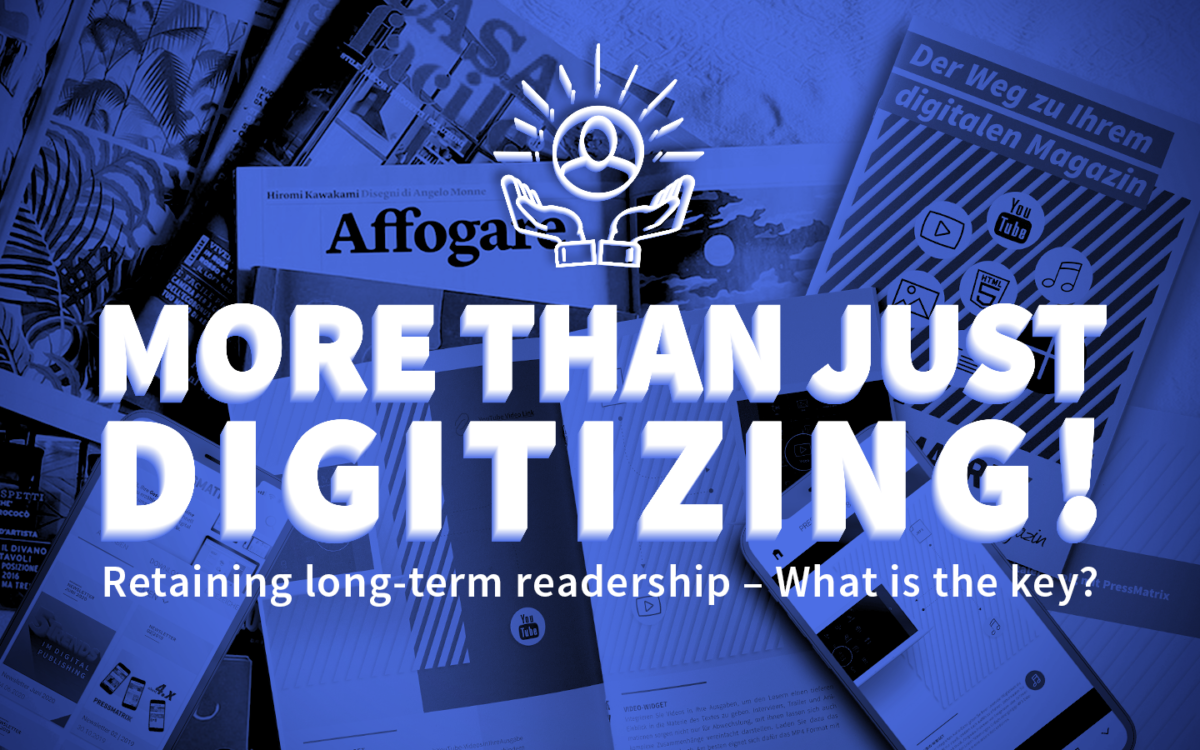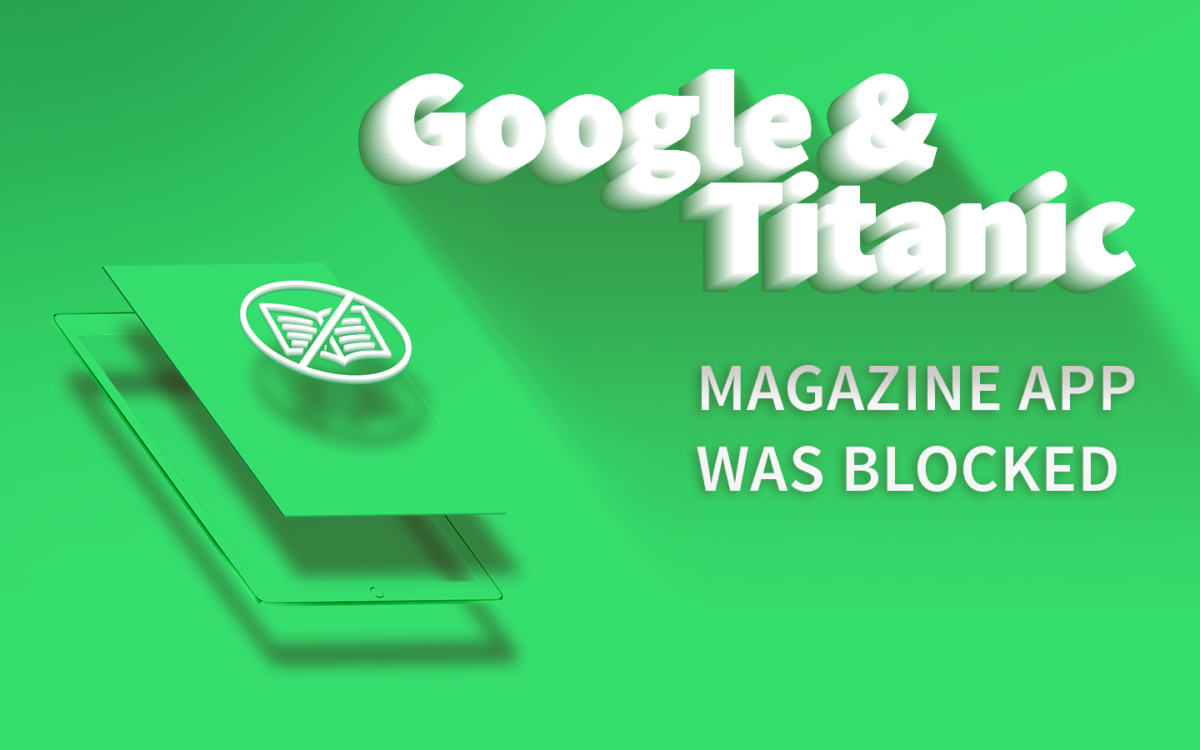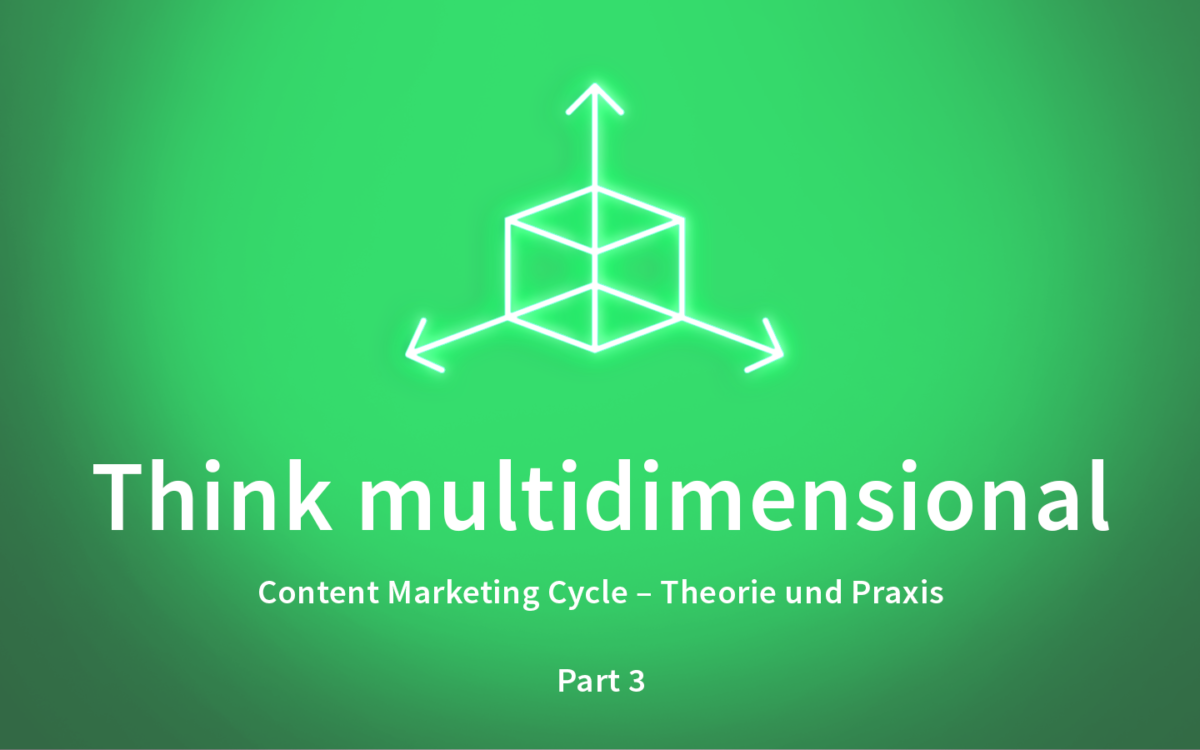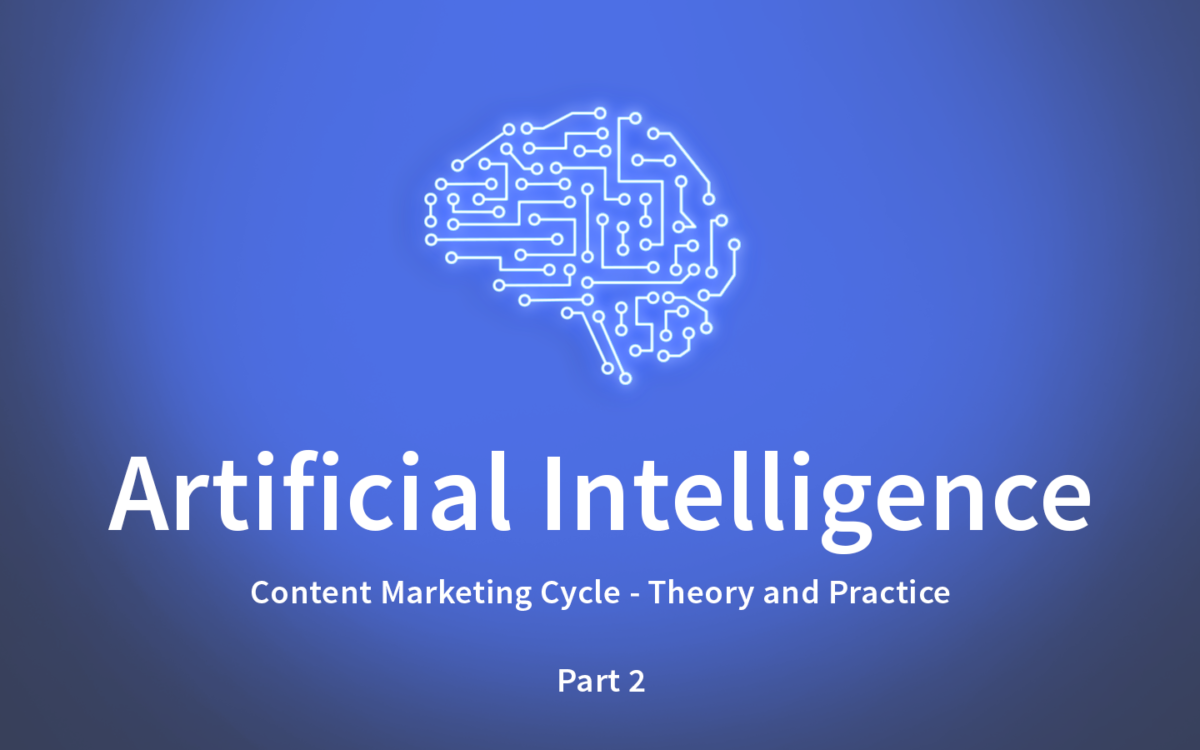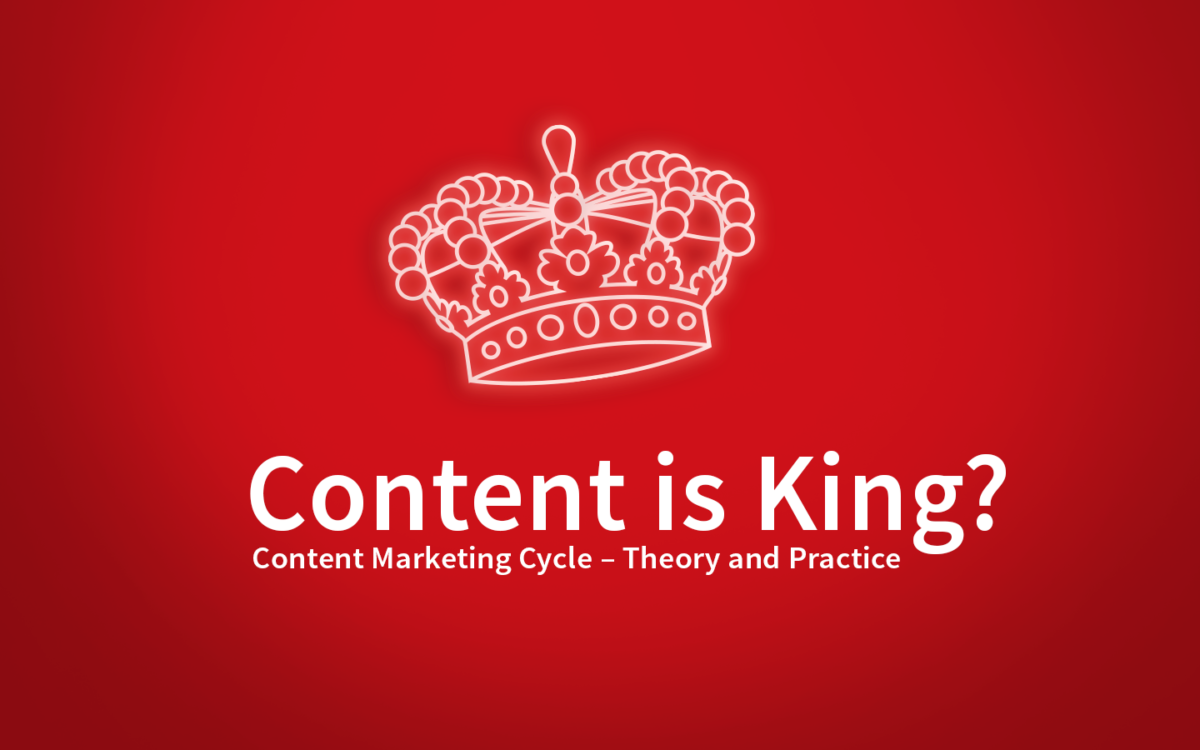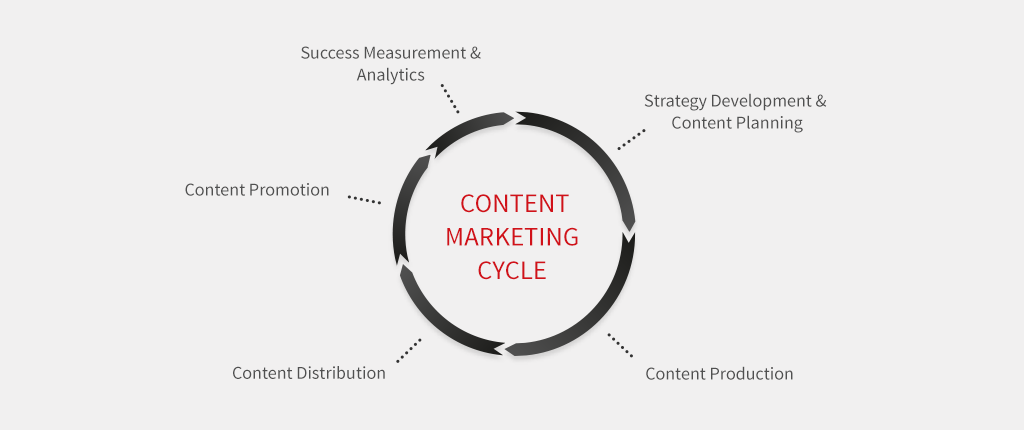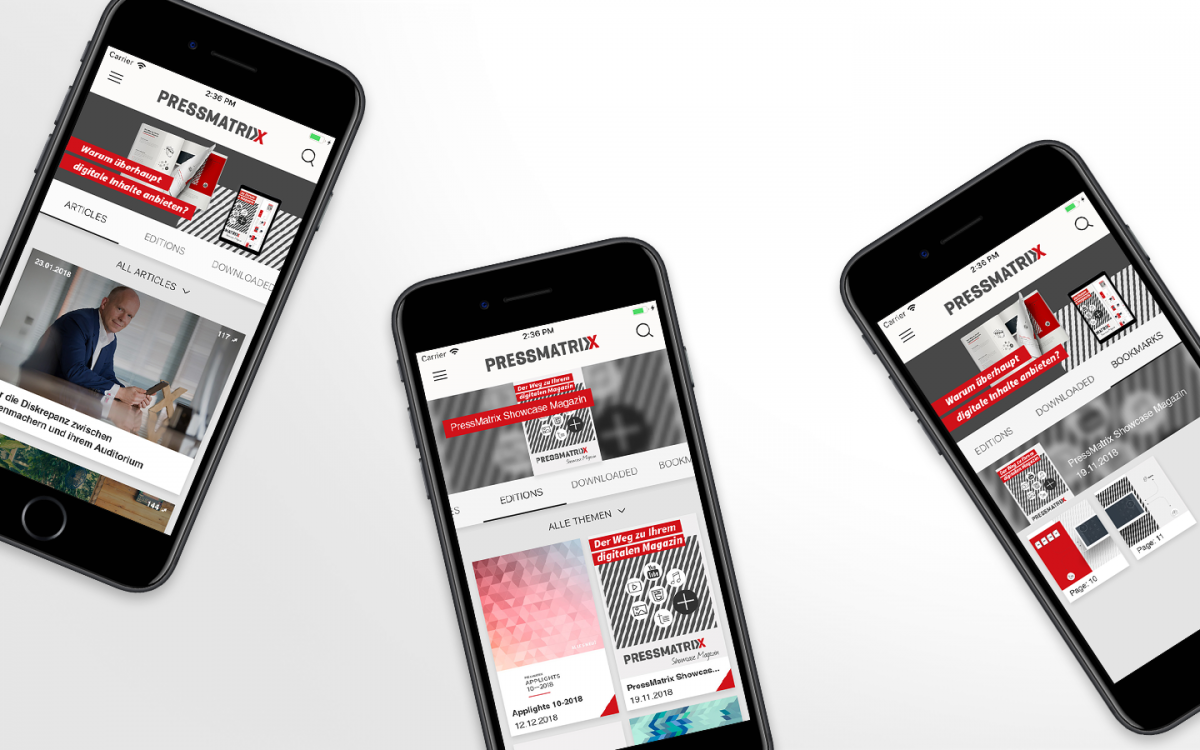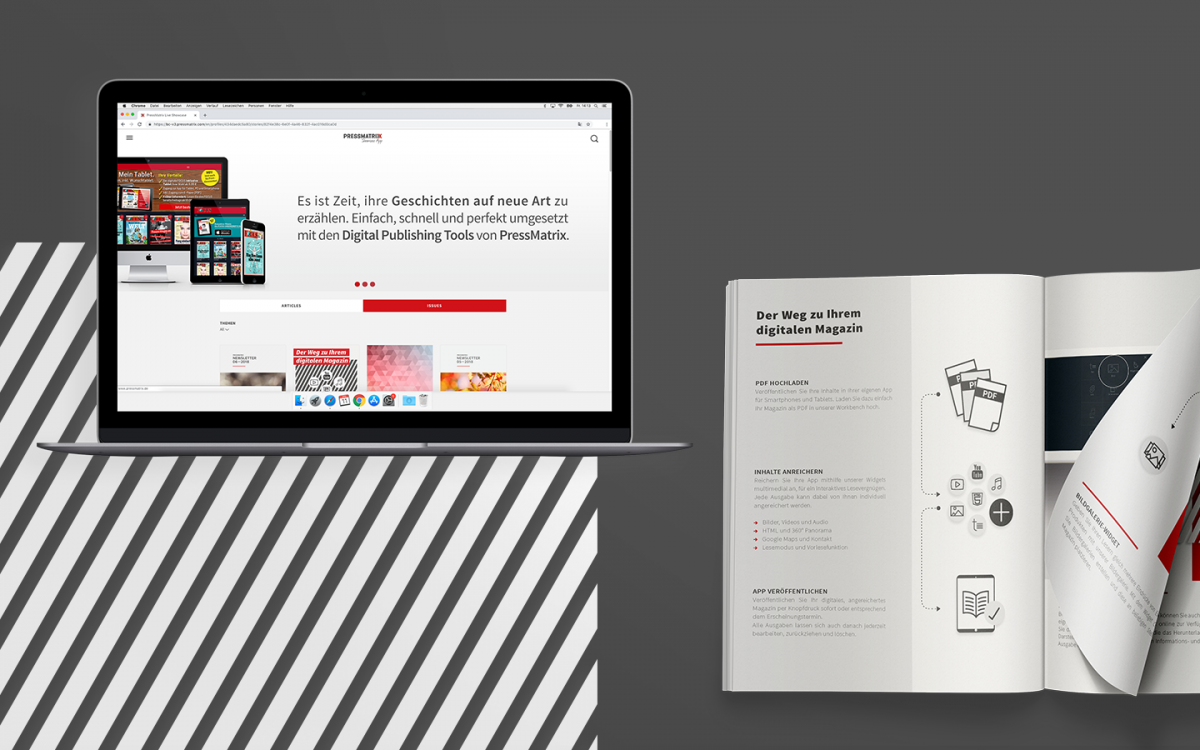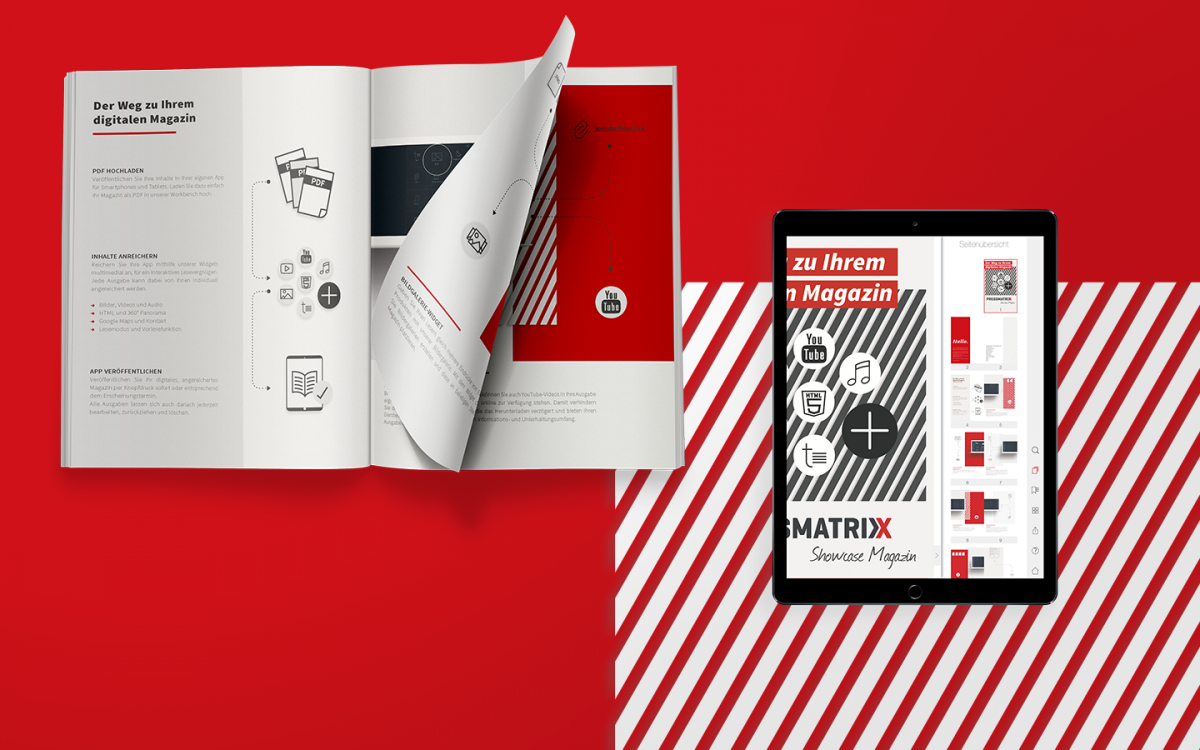Tailor your offers more specifically to your target groups’ needs – with the help of data analysis
Author: Serdal Kutun
Digital formats offer numerous options for enriching publications and enhancing variety – and ultimately presenting content to the consumer (reader, listener and viewer) in line with their own personal consumption preferences. However, that alone does not suffice to acquire long-term subscription customers.
In my last blog post on this topic, I put together some ideas on how the classic subscription can be upgraded with the help of digital offers. The focus was on additional marketing channels, digital added value, social sharing and the automation of digital processes. I would now like to add another aspect: the data-based optimization of the offer.
We have never known so much about the user
Sales figures, subscriptions, downloads – of course, all of these are clear indicators of the success (or failure) of a publication and every content provider needs to keep them in sight. But there is more: Do you know how much time your readers spend with each specific article? Which topics do they prefer to read and which would they rather listen to? What links are clicked, which campaigns have been successful and how many activation codes convert into loyal readers?
For digital publications (e.g. magazine apps or browser-based publications), content management systems such as that of PressMatrix record this and other data and evaluate it clearly. As a content provider, this gives you in-depth insights into the interests and habits of your users – a good knowledge basis for strategic business decisions, for instance when it comes to optimizing the offer. It may be in your interest to offer subscriptions that only contain certain categories and topics or perhaps annual subscriptions with and without access to the annual archive or any of numerous similar offers flexibly tailored to specific target groups.
The data is there – and is hardly used
The opportunity to use data analysis has indeed existed since the dawn of digitization. And yet today such insights barely influence the design of the offer any more than the classic print sales figures have always done. At least that is what we hear over and again in our numerous conversations with content providers, our potential customers. Why is that?
Of course the reasons are diverse. In the last blog post on the subject of subscriptions, we integrated a small survey, the results of which confirm our experience. For example, we asked whether the criticism that publishers lack creative digital ideas is justified and where they would position themselves on the road to digital publishing. An overwhelming majority of the survey participants confirmed that the industry is trying out new digital paths and that it is creative and open. So far, however, there is a broad lack of tried-and-tested recipes that are viable in the long term. Most publishers have already implemented their first digital offers, but hardly any content provider sees itself as having a really strong digital focus.
We also asked – as we do in practically every consultation – about the biggest hurdles on the way to digital sales growth. A clear picture does not emerge here; complex, smaller and larger obstacles hamper the implementation of digital offers – from a lack of budget and awareness in-house to a lack of resources to intense competition from free internet offers.
The biggest hurdle, however, is the content creation and distribution processes. To even be in the position to use findings from data analysis and make special subscription offers, publishers require extensively automated and digital processes. – And of course a content management system with which you can not only manage your content, but also serve various digital channels and tailor offers to target groups.
Further comments very welcome. We would be happy to discuss your individual requirements and develop digital solutions with you.
